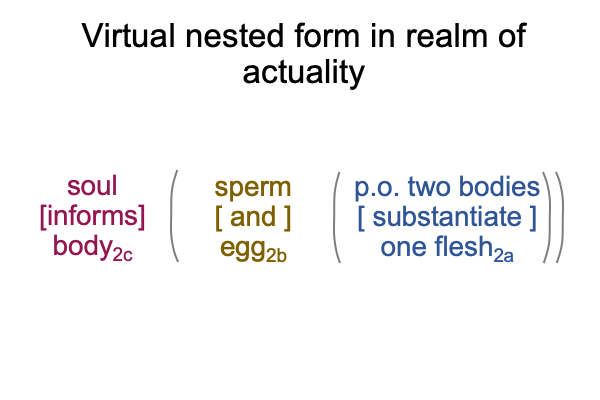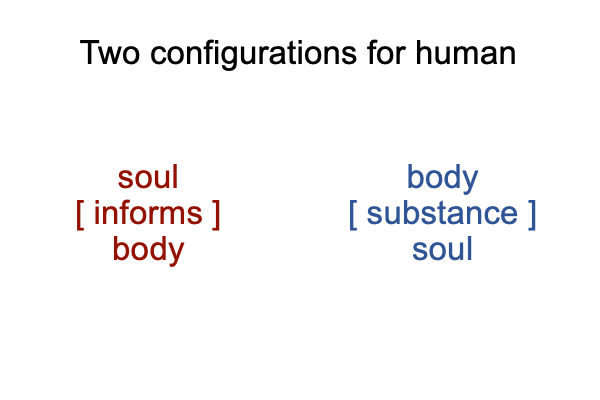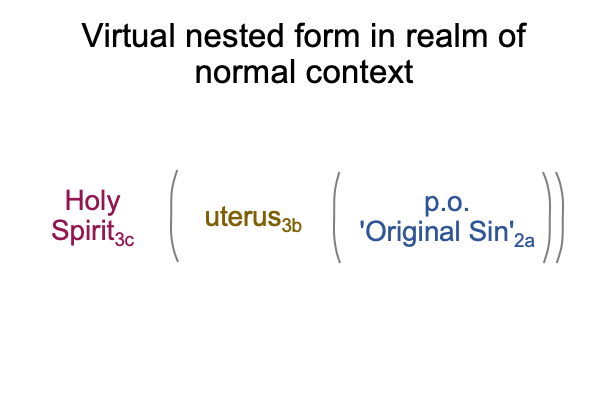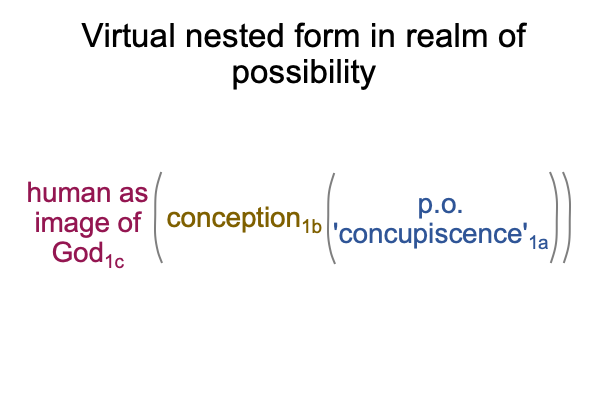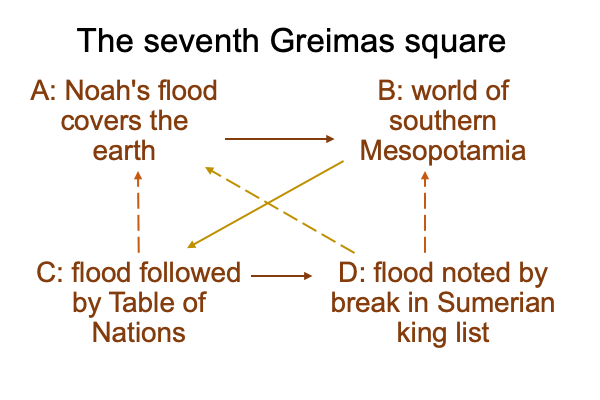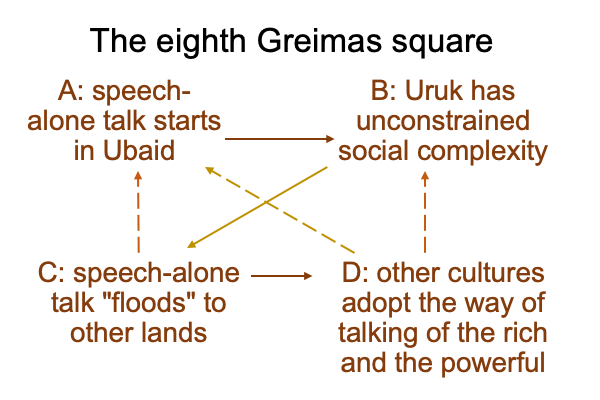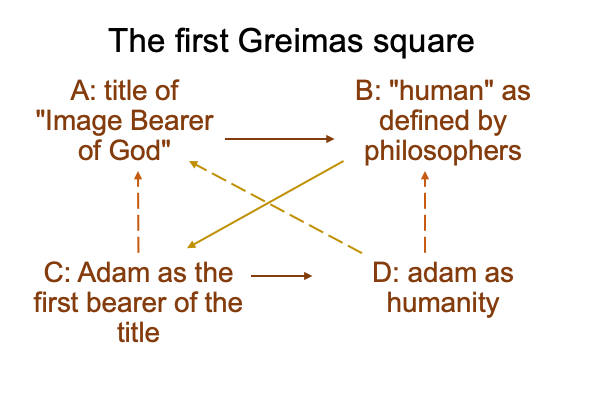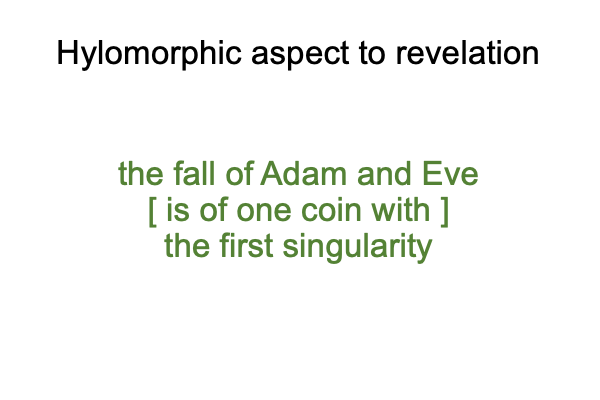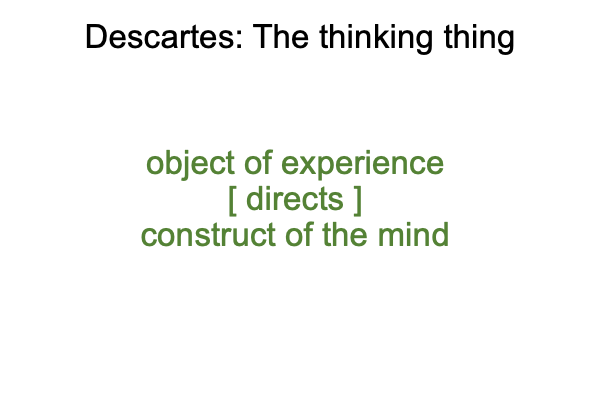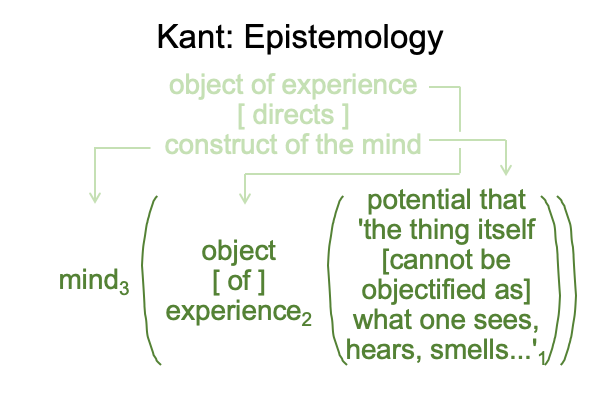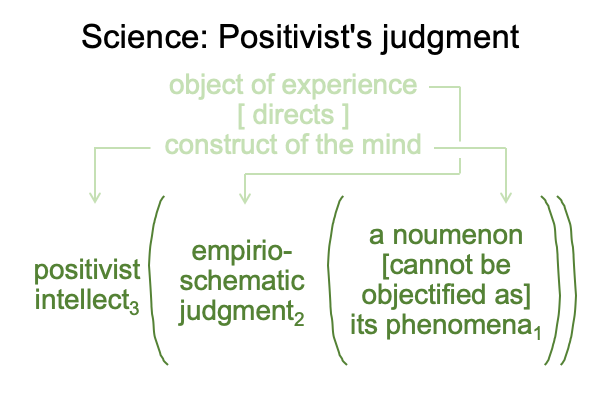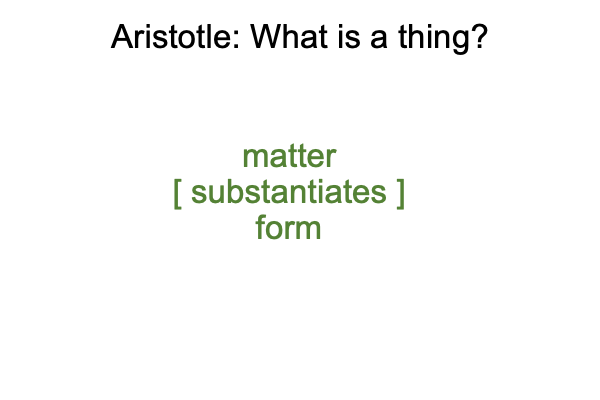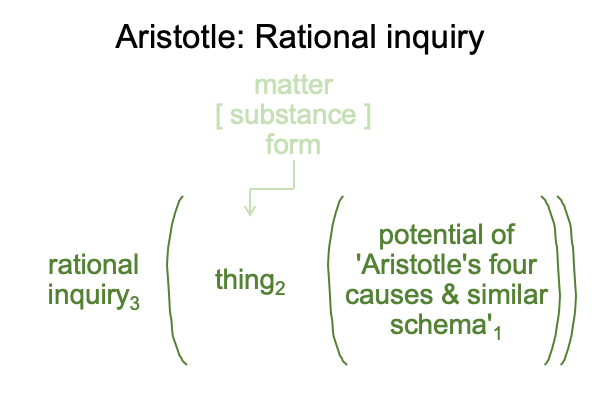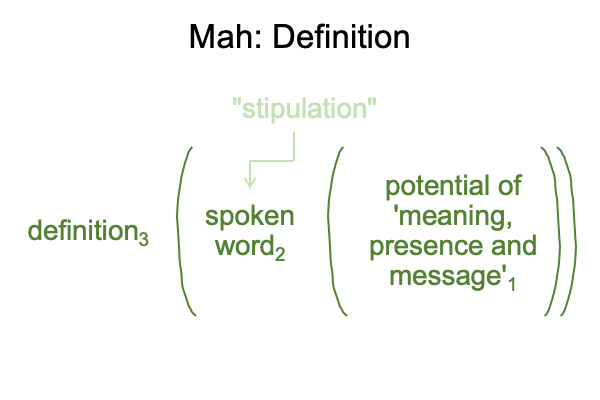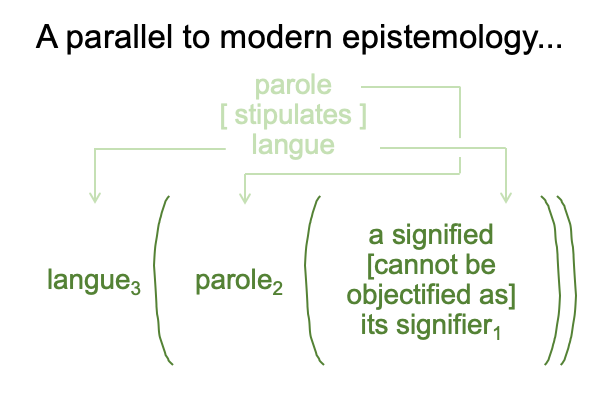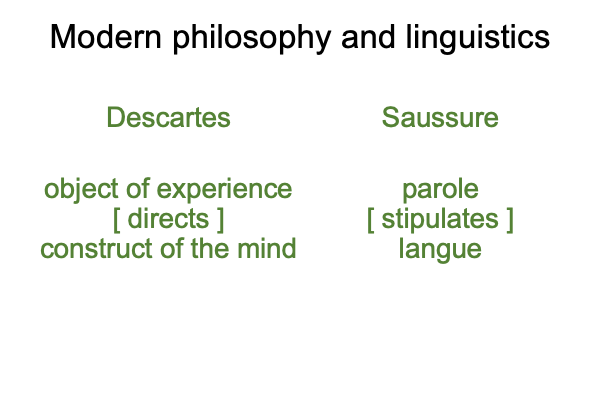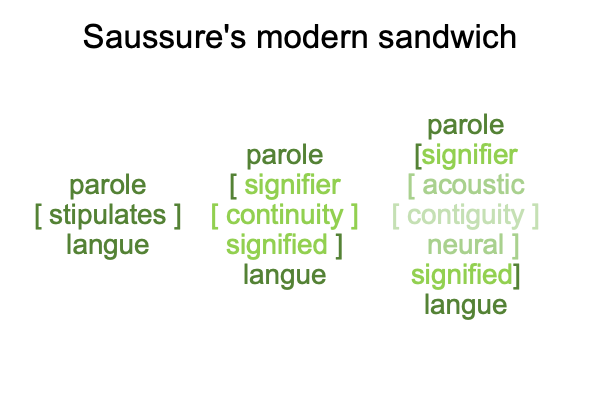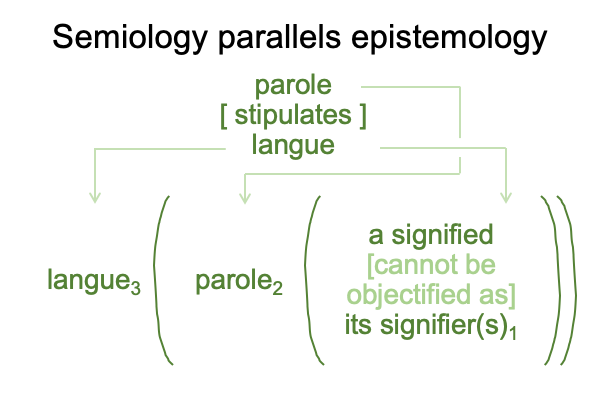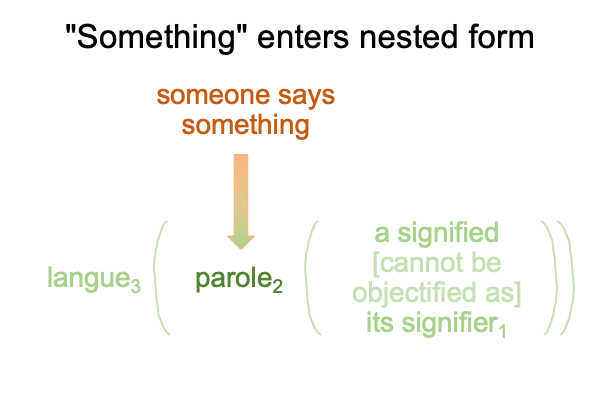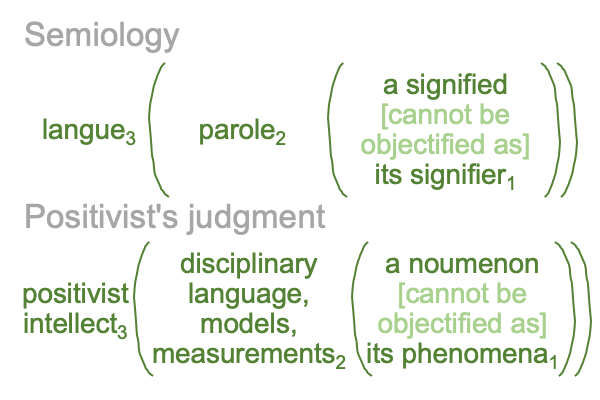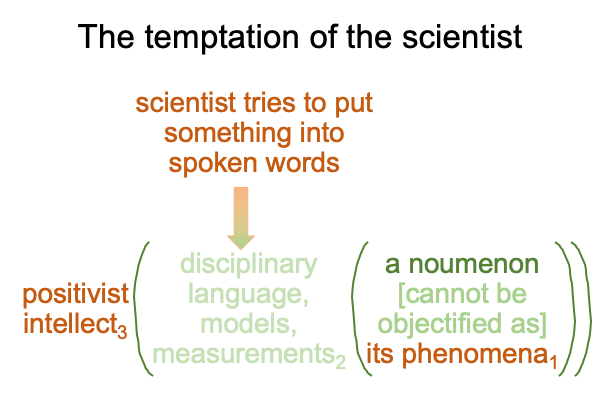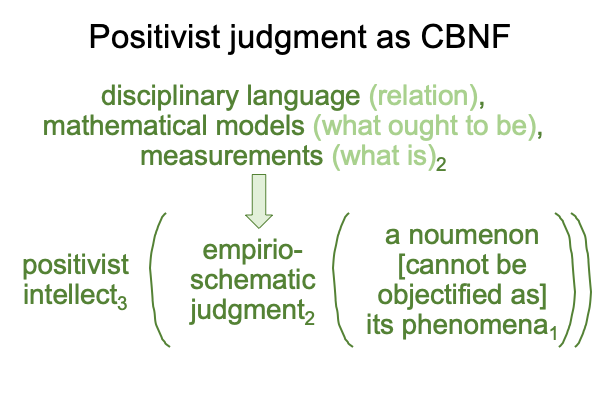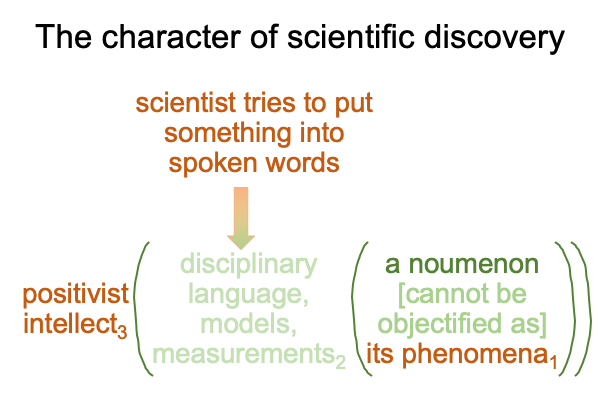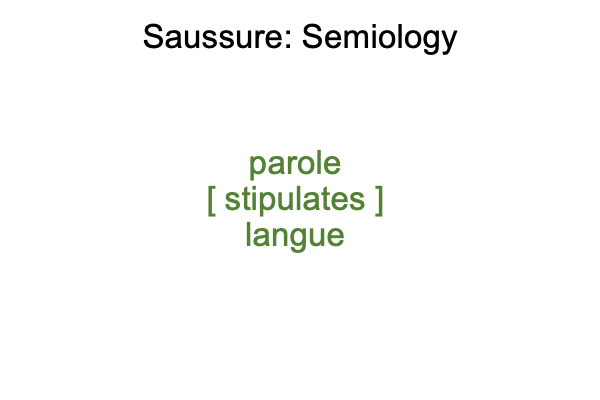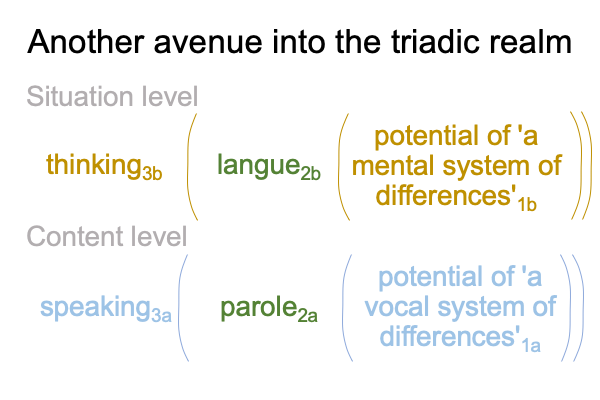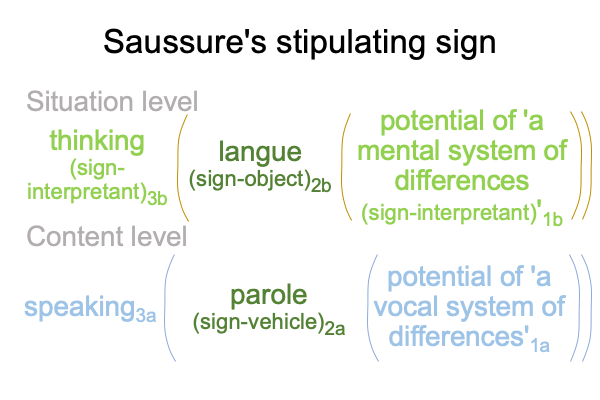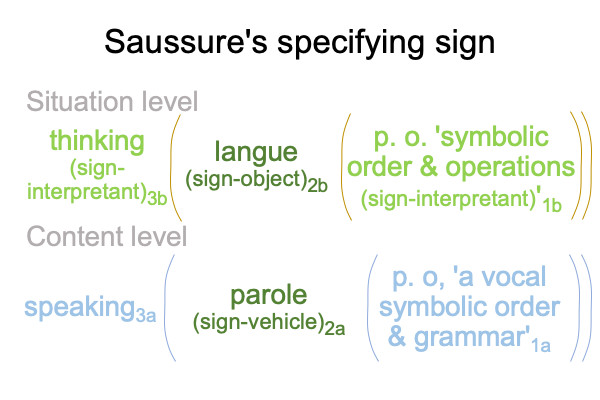Looking at Andrew Ter Ern Loke’s Book (2022) ” The Origin of Humanity and Evolution” (Part 18 of 22)
0155 Loke defends Traducianism, not because it is technically correct, but because it is beautiful. It is internally coherent. It is intellectually satisfying. It offers a way to appreciate how Original Sin is propagated by our own desires (to propagate). Who says that Saint Augustine doesn’t have a sense of humor?
Here is a picture of the content, situation and perspective levels of the doctrine.
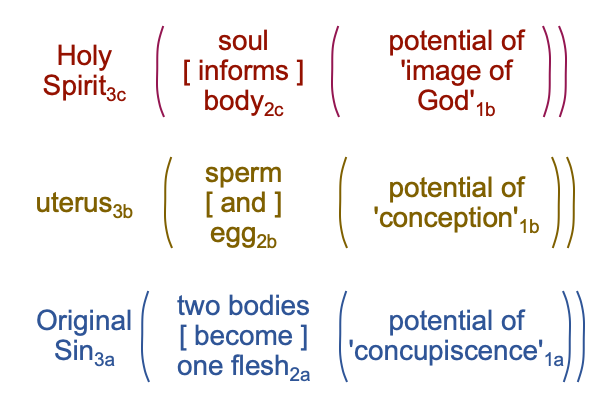
0156 Genetics demonstrates that there is no originating pair.
Traducianism is dead.
Yet, Original Sin3a still contextualizes the potential of concupiscence1a.
Long live Traducianism.
0157 The hypothesis of the first singularity provides a scientific pathway that may replace the interscope of Traducianism. Traducianism aims to explain how Adam’s Original Sin… or is it Original Guilt?.. is transferred from Adam and Eve to all humanity. But, that is not all. Clearly, the situation level of the Traducian doctrine contains pure biology. The perspective and content levels allow us to understand human biology.
0158 Modern science establishes that a single breeding pair cannot be the genetic origin of all humans. Hence, the grasping at straws in Loke’s formulation of Adam and Eve as the originators of contemporary Y-chromosomes and mitochondrial DNA.
0159 Loke searches for an alternative and finds, in God’s assignment of the title, “Image Bearers of God”, to Adam and Eve, the potential for a non-genetic mechanism for the transfer of Original Sin.
At the same time, since the stories of Adam and Eve convey such a strong impression that they constitute the first humans, Loke is drawn back to the mechanism proposed so long ago by Saint Augustine. We are literally the descendants of Adam and Eve and the mechanism starts with concupiscience1a residing in the content-level potential of the Traducian interscope.
0160 With the aid of the category-based nested form, we may now appreciate the Traducian doctrine as an exemplar of explicit abstraction in our current Lebenswelt. This doctrine presents a complete interscope. Complete interscopes are intellectually satisfying.
In Comments on Robert Berwick and Noam Chomsky’s Book (2017) Why Only Us?, Razie Mah proposes that langue (the mental system of differences that is arbitrarily related to parole, speech-alone talk) can be depicted as a three-level interscope, a category-based nested form composed of category-based nested forms.
In Razie Mah’s Blog, for April 2023, the posts titled, Looking at Gad Saad’s Book (2020) “The Parasitic Mind”, portray a complete interscope for the modern academic fad of “wokeness”.
0161 Here is how understanding works, as far as the category-based nested form is concerned.
Consider an actuality2. Understanding comes when the inquirer finds a normal context3 and potential1 for that actuality. A filled-in category-based nested form conveys understanding.
The same statements apply to the three-level interscope.
When all the elements of a three-level interscope are filled in, then the inquirer understands the situation-level category-based nested form.
Whether the understanding is correct or honest, that is another matter.

